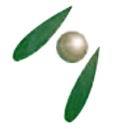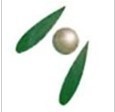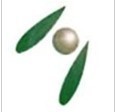
sodium hydrogen sulfite
Product Details:
Product Description
sodium hydrogen sulfite
CAS number [7631-90-5]
Sodium bisulfite (sodium hydrogen sulfite) is a chemical compound with the chemical formula NaHSO3. Sodium bisulfite is a food additive with E number E222. Sodium bisulfite can be prepared by bubbling sulfur dioxide in a solution of sodium carbonate in water. Sodium bisulfite in contact with chlorine bleach (aqueous solution of sodium hypochlorite) will release harmful fumes.Sodium bisulfite is used in almost all commercial wines, to prevent oxidation and preserve flavor. In fruit canning, sodium bisulfite is used to prevent browning (caused by oxidation) and to kill microbes.
In the case of wine making, Sodium bisulfite releases sulfur dioxide gas when added to water or products containing water. The sulfur dioxide kills yeasts, fungi, and bacteria in the grape juice before fermentation. When the sulfur dioxide levels have subsided (about 24 hours), fresh yeast is added for fermentation.
It is later added to bottled wine to prevent oxidation (which makes vinegar), and to protect the color of the wine from oxidation, which causes browning. The sulfur dioxide displaces oxygen in the bottle and dissolved in the wine. Oxidized wine can turn orange or brown, and taste like raisins or cough syrup.
Sodium bisulfite is also added to leafy green vegetables in salad bars and elsewhere, to preserve apparent freshness, under names like LeafGreen. The concentration is sometimes high enough to cause severe allergic reactions.
In the 1980s, sodium bisulfite was banned from use on raw fruits and vegetables in the United States following the deaths of 13 people who unknowingly consumed produce treated with excessive amounts of the substance
Other Products in 'Starch Derivatives ' category
 |
A & Z Group Co.,Ltd
All Rights Reserved.(Terms of Use) Developed and Managed by Infocom Network Private Limited. |
 English
English Spanish
Spanish French
French German
German Italian
Italian Chinese (Simplified)
Chinese (Simplified) Japanese
Japanese Korean
Korean Arabic
Arabic Portuguese
Portuguese





 Send Inquiry
Send Inquiry